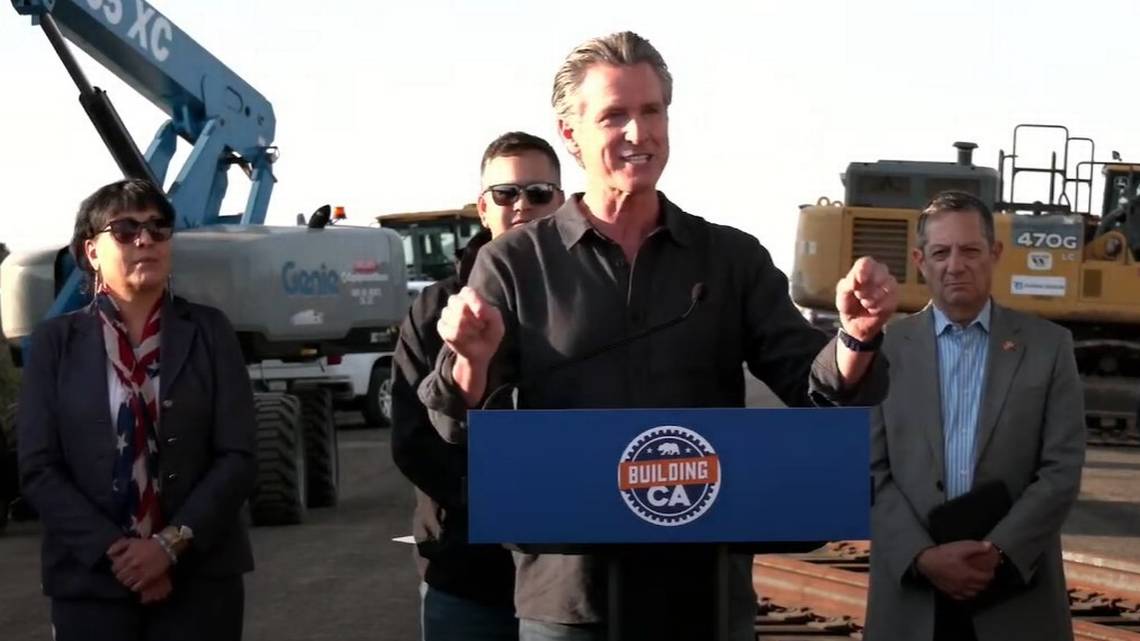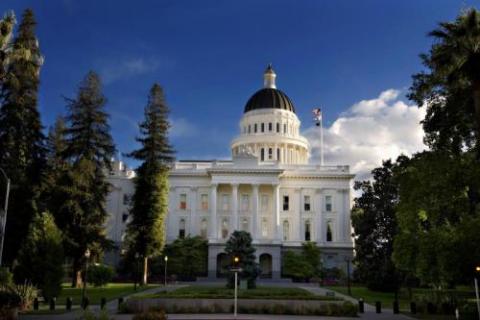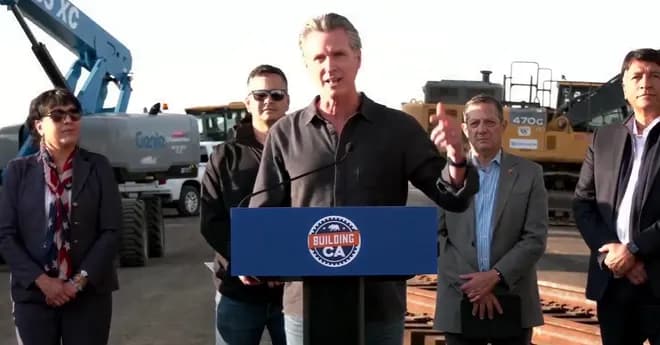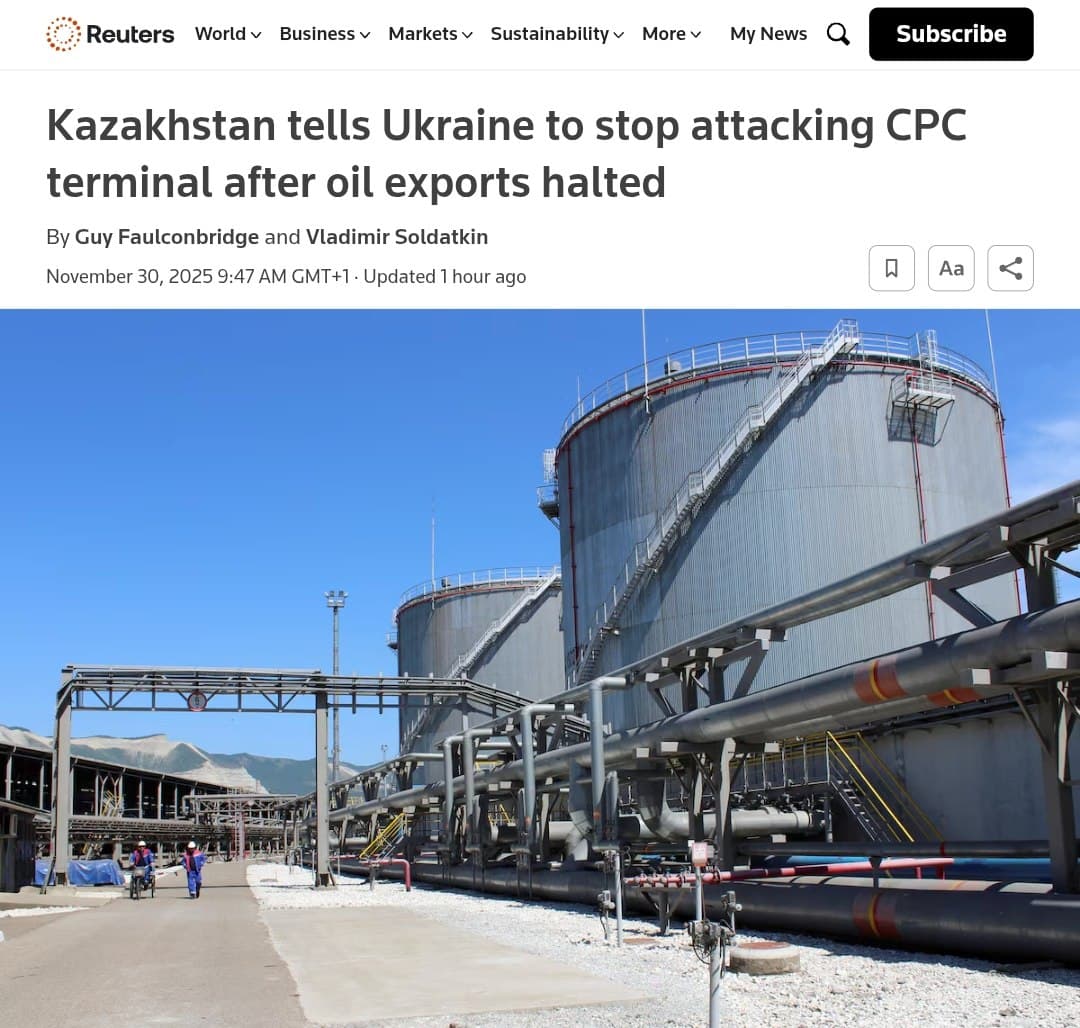California"s ambitious high-speed rail project, once hailed as a transformative leap in public transportation, now teeters on the brink of collapse. With the Trump administration threatening to withdraw $4 billion in federal funding, the new CEO of the California High-Speed Rail Authority, Ian Choudri, is scrambling to secure a lifeline—a proposed $1 billion annual injection from state funds amidst soaring costs and construction delays.
High-Speed Rail"s Troubling History
Since its inception in 1996, the California high-speed rail initiative has faced a barrage of setbacks, including cost overruns and political infighting. Initially envisioned as a three-hour train ride between San Francisco and Los Angeles, the project now struggles to complete a mere 171-mile segment from Merced to Bakersfield. As reported by California High Speed Rail, the cost estimates for this section have ballooned to $35 billion, eclipsing the original budget for the entire 500-mile line.
Choudri"s Vision for Public-Private Partnerships
Choudri"s approach hinges on attracting private investment by securing state-level commitments. In an interview, he stated, “We are looking at state-level commitments so that we can bring private equity partners in.” This strategy, however, is laden with skepticism. Governor Gavin Newsom supports using California’s climate emissions program to fund the initiative, but many lawmakers are vying for those same funds to support other pressing transportation needs. The competition for these resources, especially with the program set to expire in 2030, complicates Choudri’s ambitions significantly.

Newsom launches work on high-speed rail yard in Kern County | Fresno Bee
Challenges Ahead for Funding and Public Perception
Securing consistent state funding is only the first hurdle. The high-speed rail project has been marred by a public perception of inefficiency and failure. Richard Tolmach, president of the California Rail Foundation, expressed his doubts, noting that previous attempts to attract private funding have crumbled under political resistance. “A billion dollars a year will mummify the project in its current condition,” he warns, suggesting that the project might only see piecemeal progress rather than a cohesive plan for completion.
Implications for Social Equity and Economic Justice
The implications of this funding crisis extend far beyond transportation logistics. The high-speed rail was not just about faster travel; it was a vision for equitable access to economic opportunity across California. If this project collapses, marginalized communities, particularly in the Central Valley, may remain isolated from employment hubs and economic activities that the rail was intended to connect. Michael Pimentel, executive director of the California Transit Association, argues for a more equitable allocation of cap-and-trade funds, advocating for a robust public transportation network that serves all Californians.

Visit the State Capitol | California State Assembly
Future Prospects and Economic Reforms
With a potential restructuring of funding mechanisms, Choudri is expected to reevaluate operational strategies to attract private firms willing to invest in this beleaguered project. However, experts caution that without a transparent and accountable approach to project management, the cycle of public mistrust may continue. As Choudri moves forward, he must navigate a complex landscape of skepticism and competing interests, all while aiming to deliver on a promise made to the people of California—one that could redefine public transportation and economic equity in the state.








![[Video] Netanyahu submits formal pardon request to President Herzog](/_next/image?url=%2Fapi%2Fimage%2Fthumbnails%2Fthumbnail-1764500443499-cqsrbj-thumbnail.jpg&w=3840&q=75)